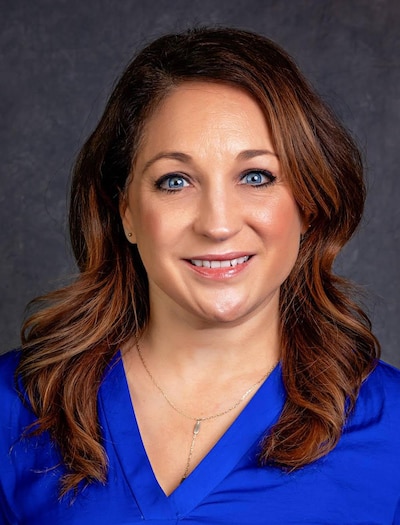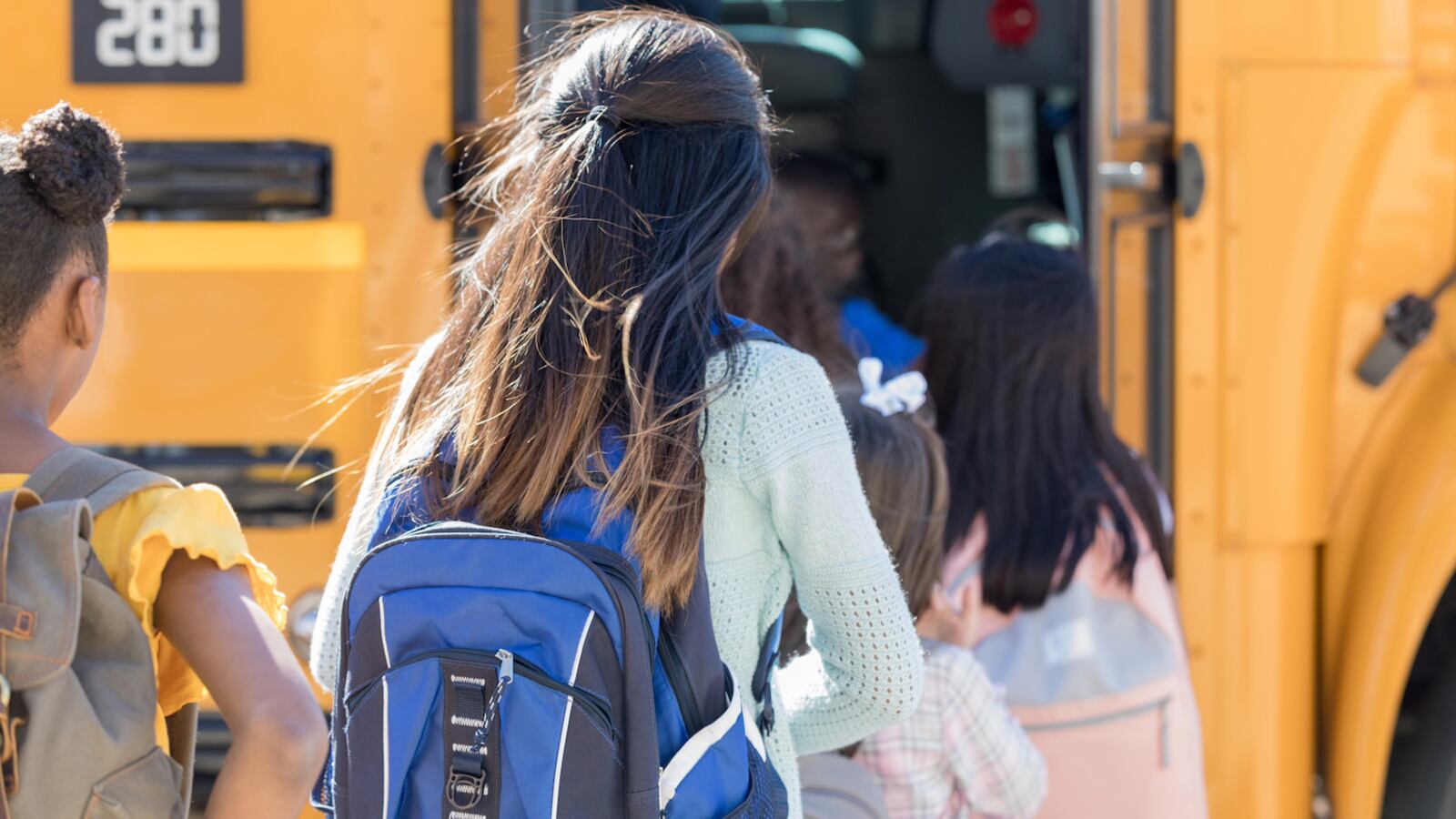There’s a lot Melisa Sandoval wants educators to know about childhood trauma.
But perhaps the most important thing is this: It’s not a life sentence.
The brain can heal from trauma with the right relationships and environment, said Sandoval, the director of social emotional learning and student agency for the 9,000-student Westminster School District in suburban Denver.
“There’s hope,” she said.

While Sandoval estimates that more than two-thirds of district students have experienced at least one significant “adverse childhood experience,” such as abuse, neglect or the death of a parent, she doesn’t want teachers getting overwhelmed by the numbers.
That’s why part of her job — a new position created last summer — is to give teachers the tools to address trauma and teach social and emotional skills. This can mean helping students improve communication, exercise self control, and learn how to solve conflicts.
Sandoval, a former therapist, mental health interventionist, and assistant principal in the district, recently became the first person to earn a new Trauma-Skilled Specialist certification from the National Dropout Prevention Center.
She talked to Chalkbeat about building a trauma leadership team, the advice she has for parents, and how she relaxes from the pressures of the job.
This interview has been condensed and edited for clarity.
Can you tell me about your own background and how that influenced what you’re doing now?
I grew up with parents who were educators. My mom had her own child care center in New Mexico, so I was a preschool teacher for awhile. I started out in art education at the Denver Art Museum and then I went to Jefferson County Public Schools and became an art teacher there.
What I found was that I just connected with those students who would come in in tears or they had a problem at home or something was bothering them. I found myself spending a lot of time with them one on one and I wanted to spend more time. I went back to school and got a masters in counseling psychology and counselor education in 2006.
Tell me a little bit about your new job.
Adult social and emotional learning has been a big emphasis this year because really, it starts with us. We can’t expect our students to learn social-emotional skills unless we are educating ourselves, practicing social-emotional skills, and we know what we’re looking for.
One of my first projects was forming a trauma leadership team. I didn’t think I was actually going to have to go through a selection process, but the number of people who wanted to be on the team was astounding. I wound up with a team of 11 leaders. We’ve developed a series of [training] modules about trauma. We’ve received a really positive response from the teachers.
What we know about trauma is you can’t just walk into a room and see which student is traumatized. We need to make sure we’re infusing universal practices for everyone and making sure we have supports in place for any student who might be impacted by trauma.
What kinds of trauma are students experiencing?
What we see in our kids is more what we’d call developmental trauma. It’s essentially ongoing adverse experiences that happen to a person while their brain is developing. So, physical abuse, emotional abuse, sexual abuse, severe neglect, losing a loved one, especially in a traumatic way. Our goal is not to stop and label everybody with trauma. It’s more to make sure we’re providing support for people who might have experienced it.
What advice would you give to parents of adolescents?
Be involved and keep the communication lines open. Don’t be afraid to talk about issues. Be aware of how your child is doing in school and what they’re doing on social media. Familiarizing yourself with different social media apps is important. Social media can be a positive and a negative. You can have that sense of belonging and community, which we know they need. But then there might be the cyberbullying side of things.
What do you do if teachers are unenthusiastic about trauma-informed practices or social-emotional learning?
In true mental health fashion, you meet them where they are. Is there some resistance? Sure. Some people feel like, “I went into education to just do math or just do reading and they should go see the counselor if they have an emotional problem.” One thing we have to consider with that model is that pulling a kid out of their environment is taking away that sense of belonging and community, which is exactly what the research shows kids need in order for the brain to heal from trauma.
What are the biggest misconceptions about trauma among educators?
Sometimes, there are people who say, “Because this person has trauma does that mean we can’t hold them accountable for their behaviors?” That’s one of the things we talk about in our professional development: How do you balance nurturing with accountability when you’re using a discipline system or a classroom management system?
On the other hand, I think there’s also the misconception that behaviors are always within someone’s control. I think that’s a slippery slope. You have to have an understanding of the person and the behavior to be able to make that assessment.
Another misconception is that trauma is new. Trauma’s not new. Recently, we’ve been talking so much about trauma-informed practice, which is great, but trauma has existed since the beginning of time.
What’s the best piece of advice you’ve received about working in mental health?
You can’t feed the birds unless your own bird feeder is full. That’s something that really resonates with me with trauma because you have to make sure you’re taking care of yourself to make sure you’re effectively taking care of someone else.
How do you make sure your “bird feeder” is full?
I do a lot of meditation, walking around our lake, and photography. I love to photograph wildlife.
What are you reading for enjoyment?
I just finished “Becoming” by Michelle Obama. I’m listening to an audio book called “The Art of Communicating” by Thich Nhat Hanh. It’s all about what you put into your body, but it has nothing to do with food.

